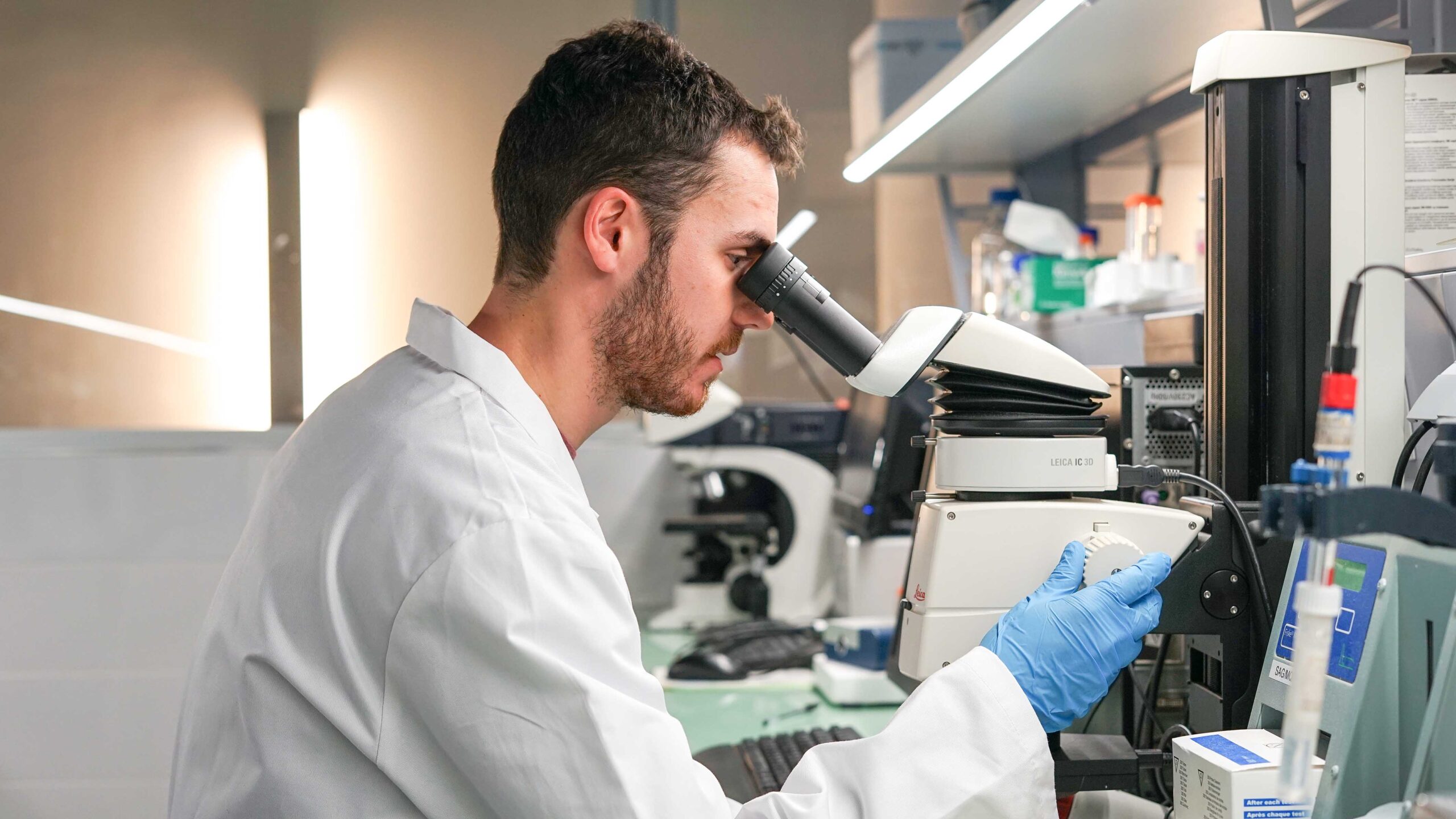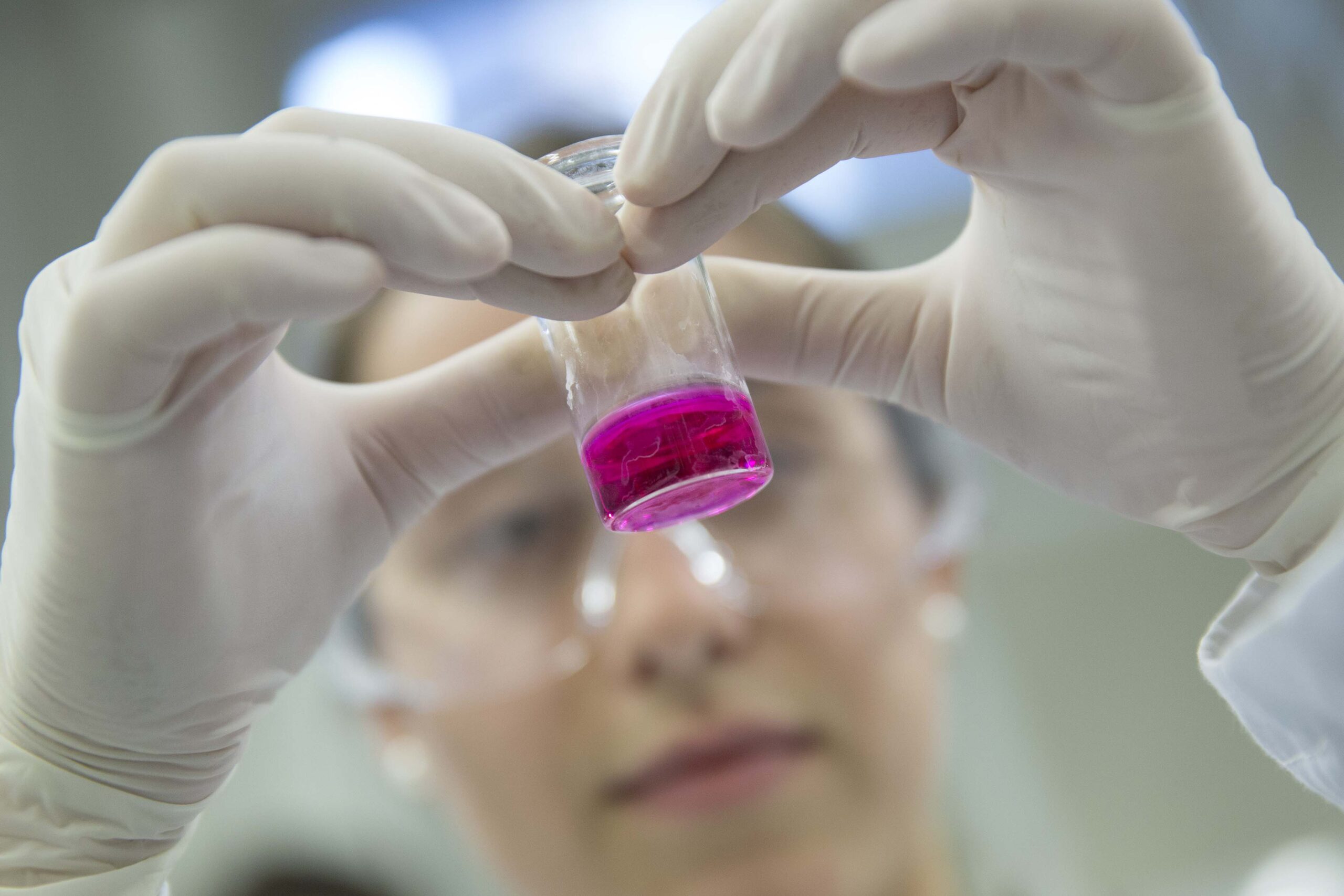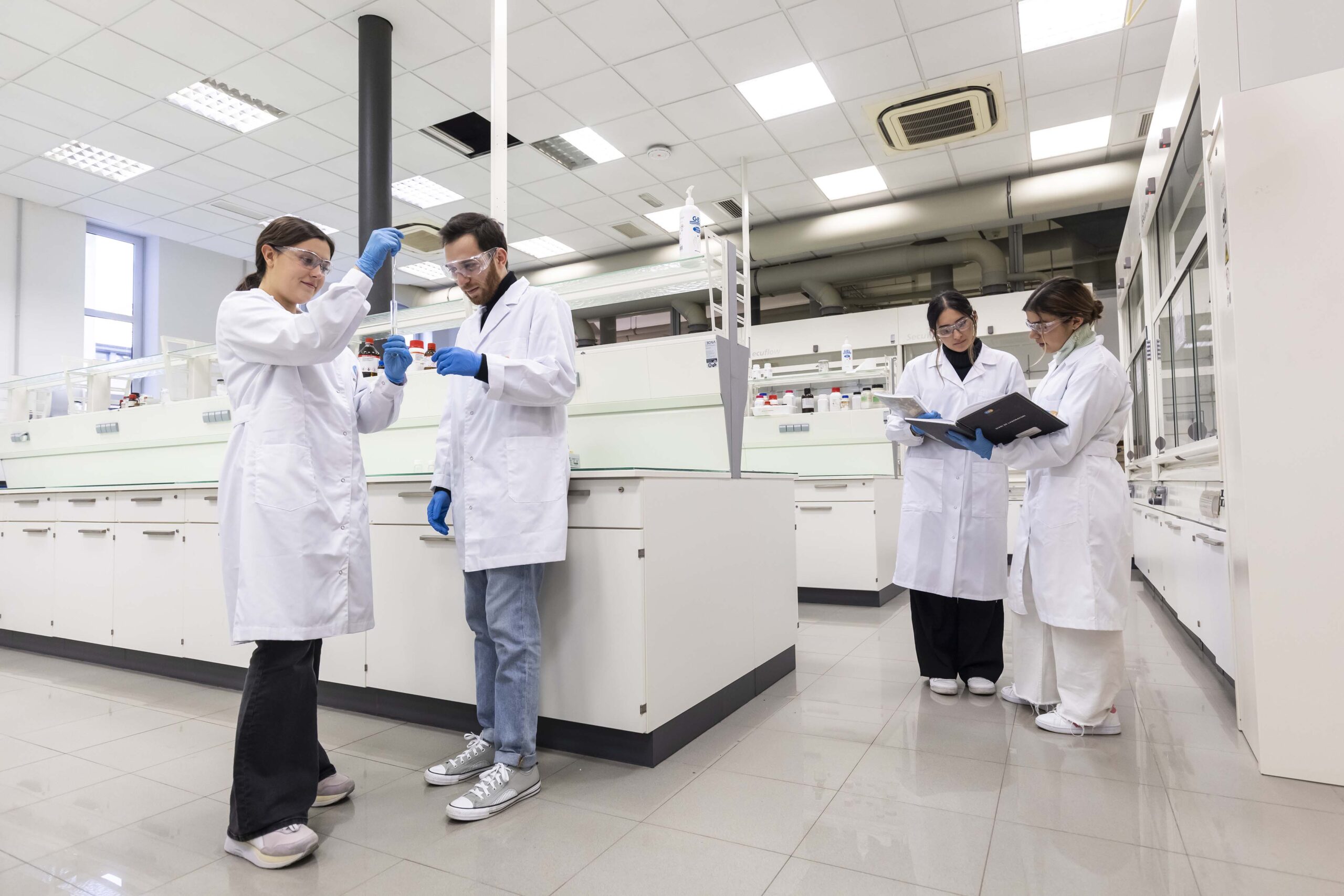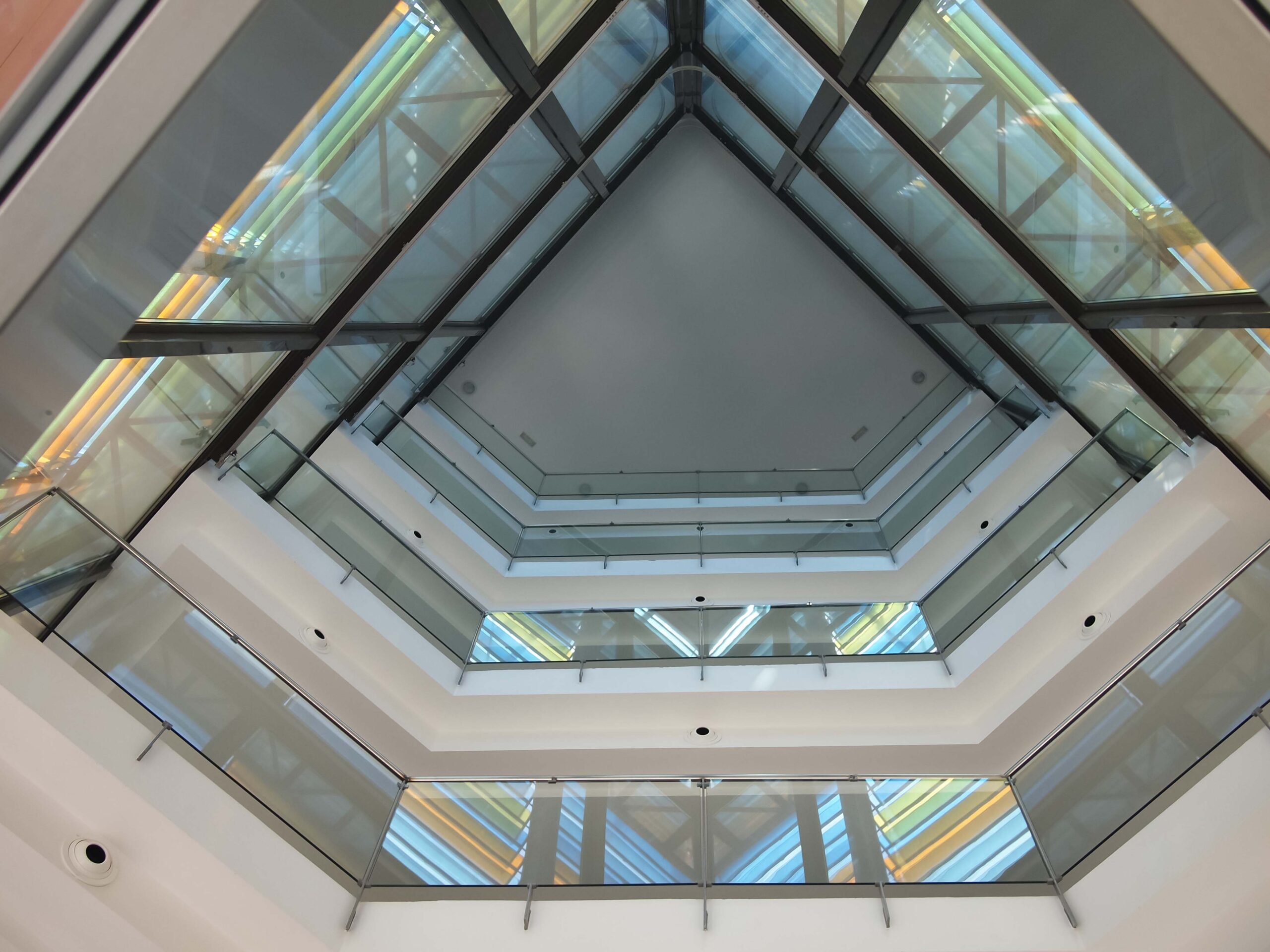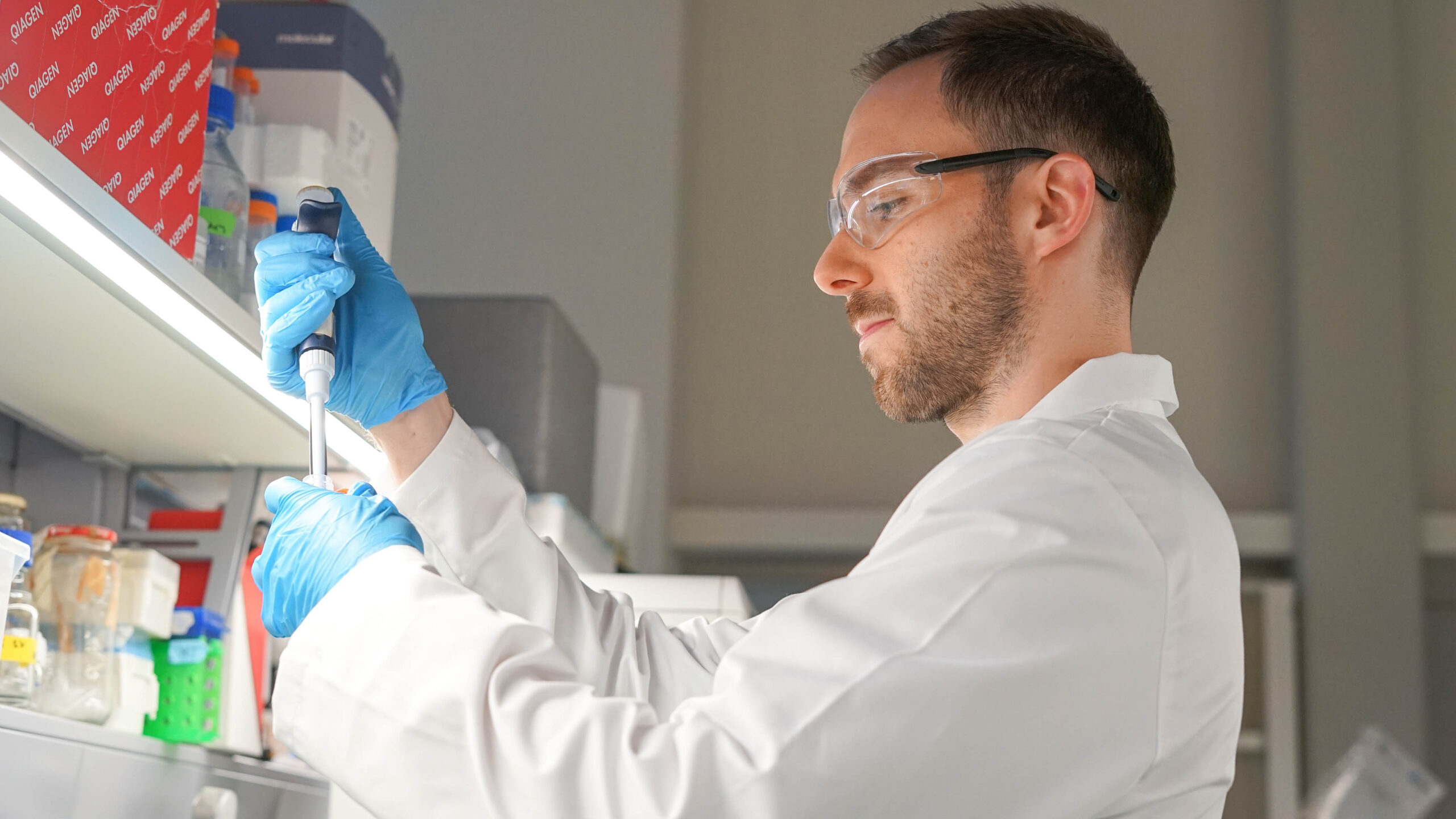In 2025, the lack of rainfall and water management remain very concerning issues in all areas across our society, as well a great challenge for all industrial sectors. This was one of the topics discussed at the Water Talk – Wastewater treatment in the chemical and pharmaceutical industry: from research to implementation, which was recently held at IQS. The event made it clear that the general situation is not as dramatic as it was last year in 2024, yet it remains one of the most pressing issues both to public bodies and to industry itself.
“WWTP water regeneration treatments can make a definitive contribution to the water supply”
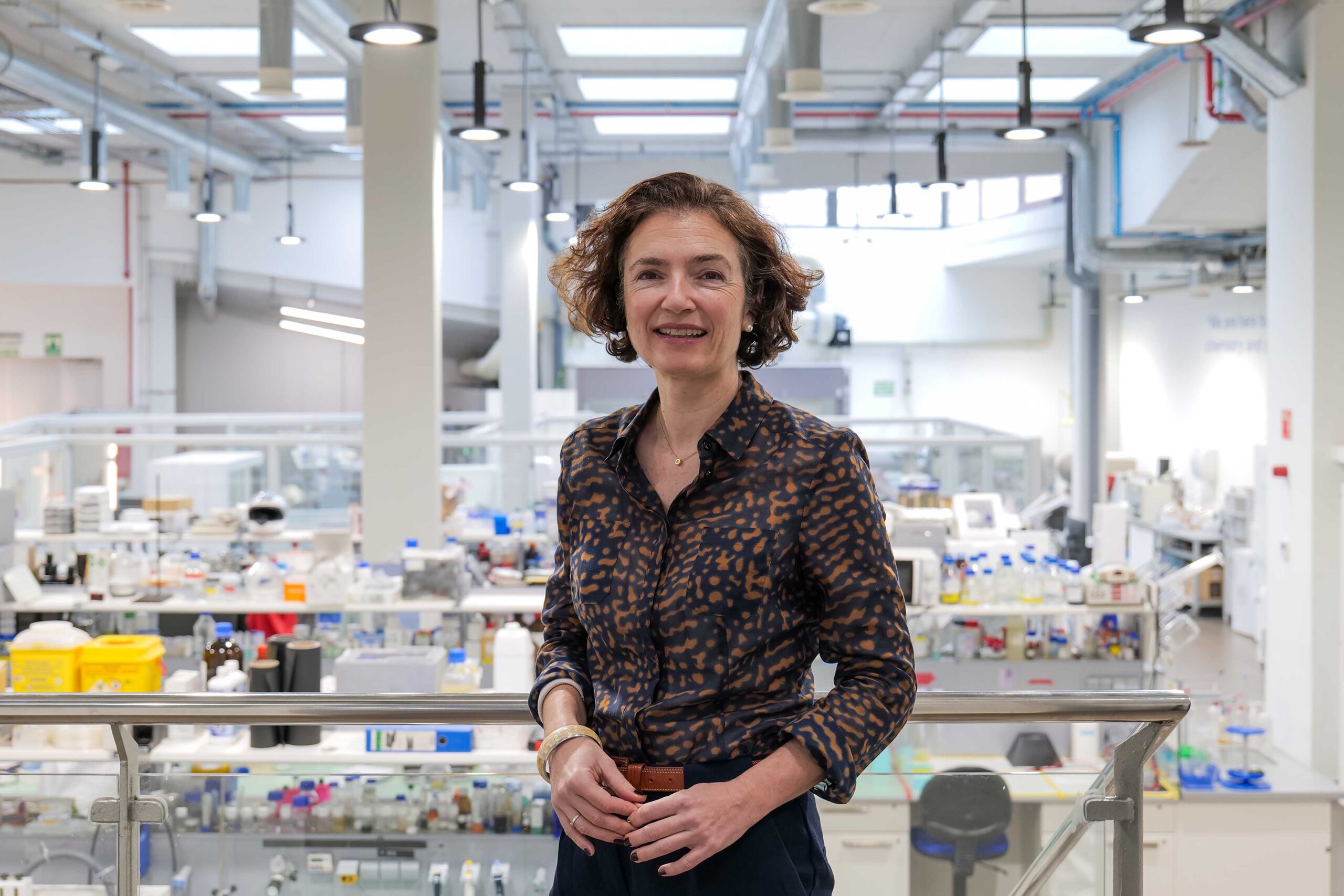
One of the participants at this event was Dr Maria Auset Vallejo, a specialist in Water Science and Microbiological Treatments, a professor with the IQS Department of Bioengineering, and a member of the Environmental Processes Engineering and Simulation Group (GESPA). In the Water Talk, Dr Auset gave an extensive presentation on the importance of properly controlling water quality along with the need for using quality reclaimed water.
We should also highlight the interview we held with Dr Maria Auset in the June 2023 newsletter, in which we talked extensively about the water shortfall situation in Catalonia caused by the extreme drought episodes that we were suffering at the time, along with possible solutions. We discussed these issues once again with Dr Auset to get her opinion on the current situation.
Dr Auset, how do you view the current overall water management situation in Catalonia? Have we made progress in the direction of managing water resources better like we discussed two years ago?
Right now, the surface basin reservoirs in Catalonia are close to 31.4% full, while a year ago they were only at 15.9%. Although we have doubled the water reserves, we have not yet left the danger zone. The extreme drought has prompted us to reconsider new resources and measures to increase water availability. According to forecasts, around 2030 there will be up to 280 additional hm3 of water derived from desalination, regeneration, better use of water in the Besós basin, and treatment improvements in the Llobregat basin, among other actions.
“The extreme drought has prompted us to reconsider new resources and measures to increase water availability”
In the roundtable sessions at the event recently held at IQS, the focus was on increasing the percentage of reclaimed water in our region. Do you believe that to be the right course of action?
Catalonia currently has 593 treatment plants that generate about 427 hm3/year of treated wastewater. If we apply an additional regeneration treatment to them, this water could make a definitive contribution to the supply for industrial, agricultural, environmental, recreational, and municipal uses. This entails taking advantage of the full potential of this water, that is, we need to be able to employ it for the non-potable uses allowed by Spanish Royal Decree 1620/2007, which is certainly quite restrictive.
“Water reuse has not progressed at the rate that would have been desirable”
However, it is a reality that water reuse has not progressed at the rate that would have been desirable. The main obstacles are the remoteness of the treatment stations and the need to ensure an economic and financial balance in their use.
The issue lies not so much in the construction of tertiary treatment facilities, but in the execution and financing of pipeline projects for potential users, not to mention the rates for providing services, that is, who pays for everything.
“The issue lies in the construction and financing of pipeline projects for potential users and regulating rates for providing services”
From an industrial perspective, during the event it was stated that many companies have done their homework and they are now getting hit by a “tsunami” of regulation. Do you think they are really facing a major challenge?
Wastewater treatment regulations are increasingly demanding. New legislation is imposing stricter limits on the elimination of nutrients and is proposing quaternary treatment to eliminate micropollutants, with the aim of returning better quality effluents to the natural environment.
In this sense, one of the new features in the proposal for the revision of Directive 91/271 is to make the “polluter pays” principle effective. According to this proposal, manufacturers of pharmaceutical and cosmetic products, the main generators of micropollutants in urban wastewater, will have to pay 80% of the cost of quaternary treatment. Financially, this is a huge investment. They will only be exempt if they can demonstrate that the substances are rapidly biodegradable in wastewater or that they do not produce micropollutants at the end of their useful life.
Would you say we are focusing primarily on managing reclaimed water? Has the desalination plant option been set aside for the time being?
Catalonia is currently home to two desalination plants: Prat de Llobregat and Tordera, which provide up to 80 hm3/year of drinking water. Building new ones is being considered, as proposed in the recent Interagency Water Observatory document, which suggests providing us with six desalination plants (producing 360 hm3/year) to meet demand.
We must remember that desalination is an extraordinary resource in exceptional situations, but making it a regular resource entails high economic and environmental costs. On the one hand, it involves high construction costs and rather significant energy costs, with the corresponding impact on service fees. On the other hand, the brine waste generated in the process can significantly affect the marine ecosystem when dumped into the sea.
